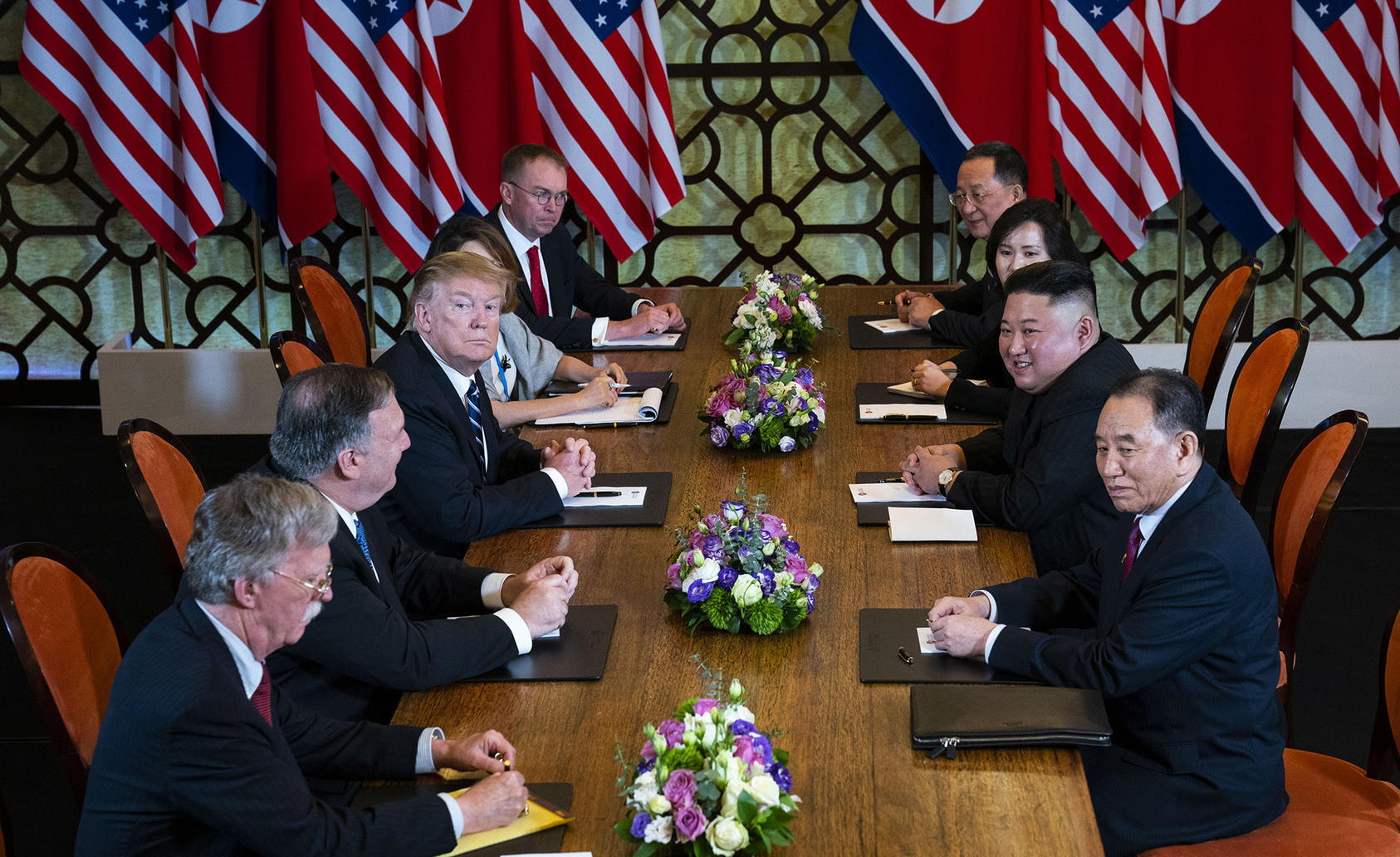rashemamelson.org – The Federal Bureau of Investigation (FBI) plays a pivotal role in combating violent crime in the United States. This article examines the strategies employed by the FBI to address violent crime and the outcomes of these efforts, highlighting both successes and challenges.
Historical Context and Evolution of Strategies
Early Focus on Organized Crime
The FBI’s early efforts to combat violent crime were primarily focused on organized crime. J. Edgar Hoover, the first Director, initiated high-profile investigations into mafia activities, leading to significant convictions and the dismantling of criminal networks.
Expansion to Violent Crime
Over time, the FBI’s focus expanded to include a broader range of violent crimes, such as homicides, assaults, and kidnappings. The establishment of the Violent Criminal Apprehension Program (ViCAP) in 1985 marked a significant step in the Bureau’s approach to violent crime, providing a systematic method for collecting and analyzing data on violent crimes.
Current Strategies
Intelligence-Driven Approach
The FBI’s current approach to violent crime is intelligence-driven, leveraging advanced analytics and data-driven strategies to identify, track, and apprehend violent criminals. The Bureau utilizes various tools, including the National Crime Information Center (NCIC), to gather and share information on violent crimes and criminals.
Collaboration with Local Law Enforcement
Collaboration with local law enforcement agencies is a cornerstone of the FBI’s strategy. The Bureau works closely with state and local authorities to share resources, intelligence, and expertise. Joint task forces and partnerships, such as the Innocent Images National Initiative, focus on combating crimes against children and exploitation.
Use of Technology and Forensics
The FBI invests heavily in technology and forensic science to enhance its capabilities in investigating violent crimes. Advanced forensic techniques, such as DNA analysis and digital forensics, have significantly improved the Bureau’s ability to solve complex cases and identify perpetrators.
Outcomes and Challenges
Successes in Combating Violent Crime
The FBI has achieved notable successes in its efforts to combat violent crime. High-profile cases, such as the capture of the Unabomber and the resolution of the Boston Marathon bombing, demonstrate the Bureau’s effectiveness in investigating and solving complex violent crimes.
Ongoing Challenges
Despite these successes, the FBI faces ongoing challenges in its fight against violent crime. The rise of cybercrime and the increasing sophistication of criminal networks pose significant challenges. Additionally, the Bureau must navigate the balance between effective law enforcement and the protection of civil liberties, ensuring that its strategies do not infringe on individual rights.
Future Directions
Enhancing Intelligence and Technology
Looking forward, the FBI is likely to continue enhancing its use of intelligence and technology to combat violent crime. Investments in artificial intelligence, machine learning, and predictive analytics could further improve the Bureau’s ability to identify and prevent violent crimes before they occur.
Addressing Emerging Threats
The FBI will also need to adapt to emerging threats, such as domestic terrorism and violent extremism. These challenges require a multifaceted approach, including community engagement, intelligence gathering, and collaboration with international partners.
Conclusion
The FBI’s approach to violent crime is a critical component of its broader mission to protect the United States from threats. Through a combination of intelligence-driven strategies, collaboration with local law enforcement, and the use of advanced technology and forensics, the Bureau has made significant strides in combating violent crime. However, the dynamic nature of criminal activity necessitates continuous adaptation and innovation. As the FBI navigates these challenges, its efforts will remain central to ensuring public safety and security.

